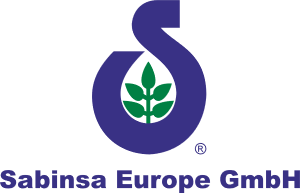The name “privileged structures” was originally suggested for benzodiazepines but now generally applied for structures of “class of compounds that bind to several protein-receptor surfaces”(1). This article will examine whether this appellation of privileged structures will fit the stilbenols, represented by their prominent member Resveratrol and its analogs. Plants biosynthesize their secondary metabolites, more often than not, for specific reasons. Resveratrol is a phytoalexin, a substance produced under response to a biotic or abiotic threat to the plant. One anticipates such structure should have a natural potential to bind several classes of protein structures to elicit a variety of responses.
The accumulation of Resveratrol in plant cells increases in response to fungal infections (biotic stress) or other physical stresses such as UV radiation, ultrasound, wounding such as slicing as well as in response to invasion of chemicals such as hydrogen peroxide, paraquat etc (3). Resveratrol is trans-stilbene that undergoes isomerization under UV radiation. It is the trans form of Resveratrol that has been shown to display a much broader spectrum of pharmacological activity than its cis isomer. It is the early observation that Resveratrol is the substance behind “French Paradox” that shot this chemical into broader limelight. The Southern French have a low mortality rate due to coronary heart disease despite having high-fat diet and smoking habits. This socalled “French Paradox” has been attributed to wine consumption (4) thought to be responsible for the cardiovascular benefits and protection. The occurrence of Resveratrol and its glycoside in red wine as well as studies that led to the relation of the cardioprotective role of Resveratrol established the beneficial effects of this stilbenol.
Since then various pharmacological activities have been associated with this compound, and its close analogs have been the subject of numerous studies. The cardioprotective effects of Resveratrol encompass inhibition of LDL oxidation, suppression of platelet aggregation, reduction in myocardial damage during ischemia-reperfusion (I-R) and modulation of vascular cell functions (5). The cardioprotective effects of Resveratrol in I-R rata was correlated with its antioxidant activity (6) and NO production (7). Caloric restriction has been associated with increased longevity. In turn increased longevity is associated with reduced rates of incidence of cancer, diabetes, inflammation and cardiovascular malfunctions. There is a strong relationship between the activation of enzyme SIRT1 and caloric restriction that has led to many exciting results. Resveratrol has been demonstrated to activate SIRT1, mimicking caloric restriction and Resveratrol was shown to extend the life span in multiple organisms (8). This has stirred enormous interest in stilbenols in general. Experimental investigations have demonstrated that food supplementation.







